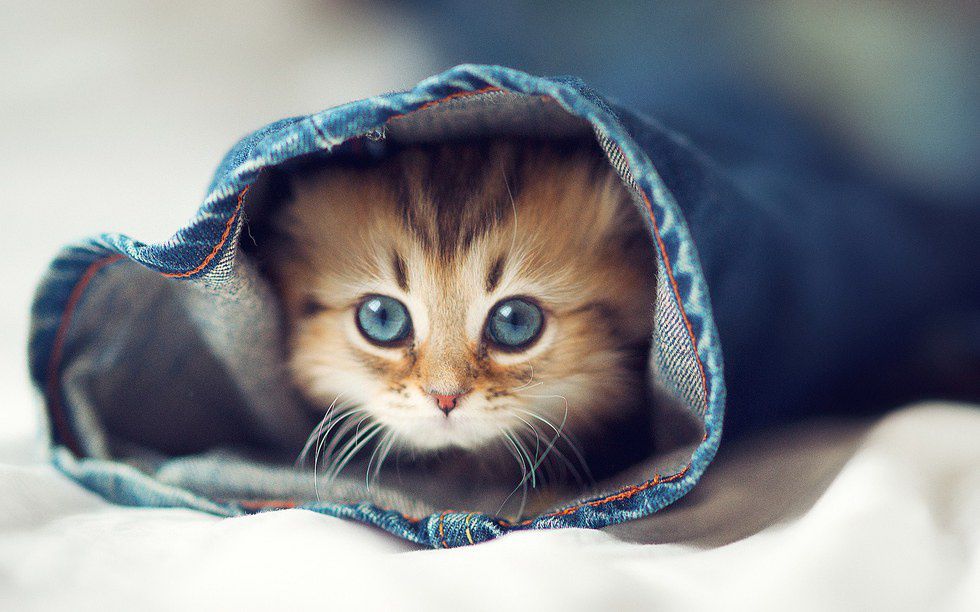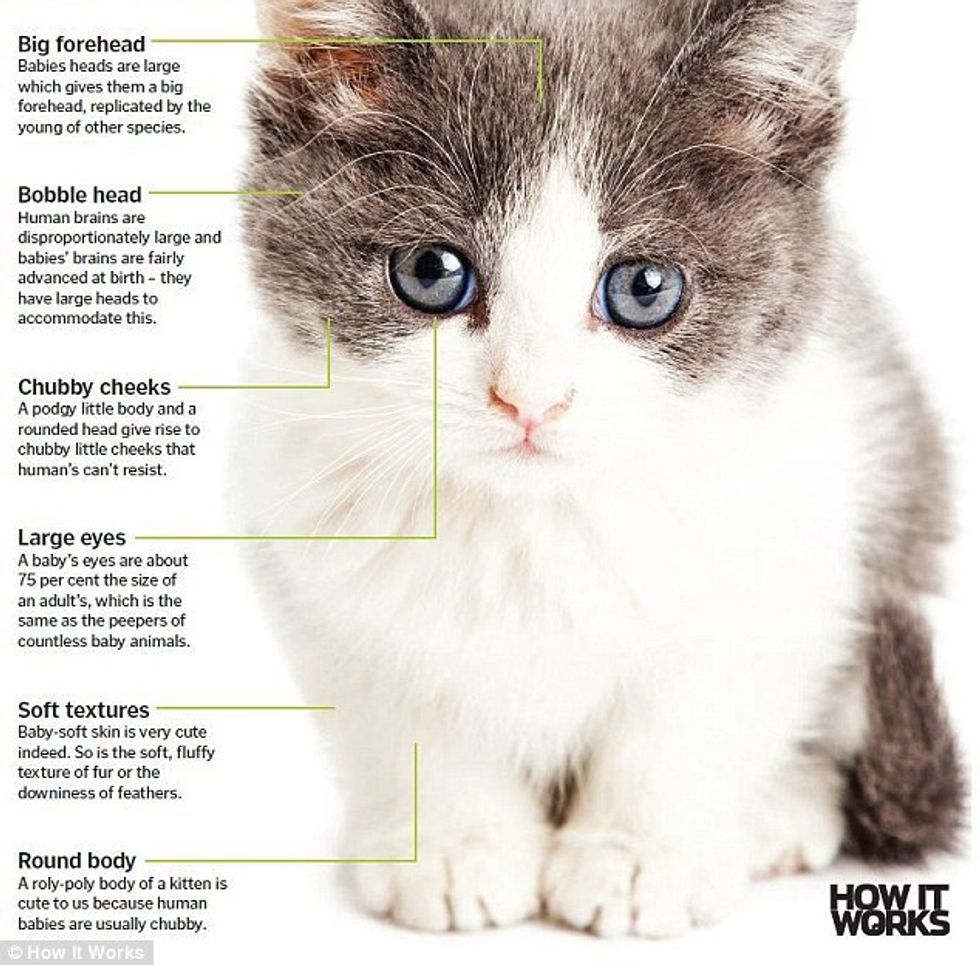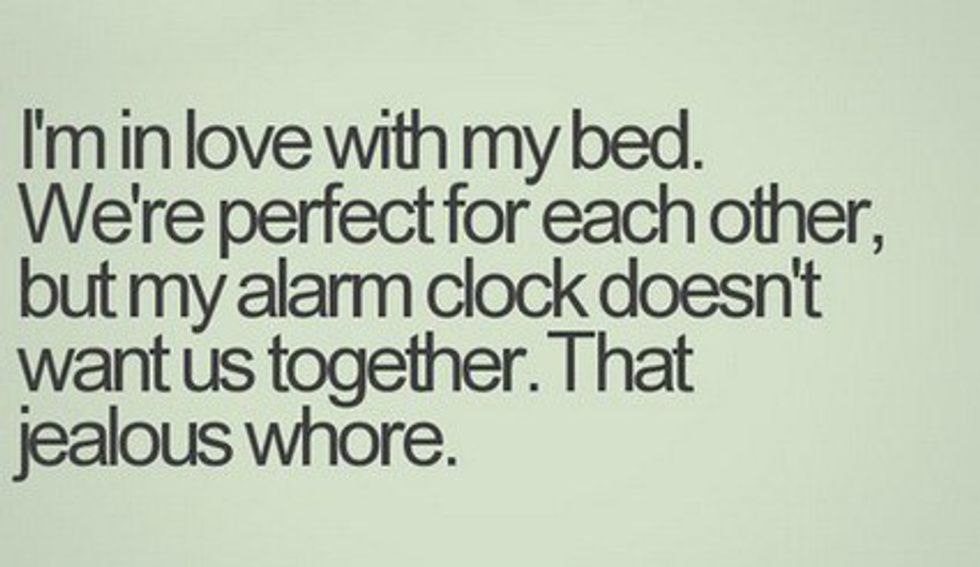At some point in your life, you have probably felt the following symptoms simultaneously: a warm, tightening feeling in the chest area; unknowingly gasping; emitting a high-pitched sound; a desire to communicate in babbling noises; a general state of overexcitement and a sudden urge to squish or squeeze something.
While it sounds strange without context, this usually results from seeing something cute.
But why?
What is it about small animals, babies, cartoon characters, etc. that make us want to hug them close and coo, "Awwwww, look at you. Aren't you adorable. Who's a precious angel? You're a precious angel. Yes, you are."
Unsurprisingly, scientists asked themselves the exact same thing, including Konrad Lorenz of Austria. Lorenz' specialty was in ethology, which is the scientific study of non-human animal behavior.
In the late 1940's, he proposed a concept called "kindchenschema" otherwise known as "baby schema." According to HowStuffWorks, the baby schema traits include,
"A disproportionately large, round head ... big eyes situated just below the midline of the face, chubby cheeks, large forehead, round body and soft exterior."If something has baby schema features, it is perceived as "cute." As a result of the cuteness, it will essentially bring out the mothering instincts of those observing it because of the feeling of euphoria it triggers.
This literally means that the cuteness of a baby directly factors into its survival as a human.
However, baby schema isn't only limited to humans though. If anything has baby schema traits--from animals to inanimate objects--it will also be considered cute.
Even though we do get an urge to care for something's that cute, cuteness can also bring forth aggression, either because we get frustrated because we can't care for something that's cute or because the positive emotions cuteness produces is just too overwhelming.
Despite this strange reaction, cuteness does have other benefits. In a study conducted at Hiroshima University in Japan, looking at pictures of cute things was actually proven to make people feel better and increase one’s productivity.
Compared to those in the study who looked at neutral pictures that weren’t cute, those who looked at pictures of cute animals not only had more motivation while performing tasks, it also enhanced their attention to detail.
So the next time you find yourself in a study crunch, don’t be ashamed to head over to Google and search “cutest animals ever.” It will help you out more than you think.
But if you’re feeling frustrated and antsy, it would probably be best to stay away from the cuteness.





























